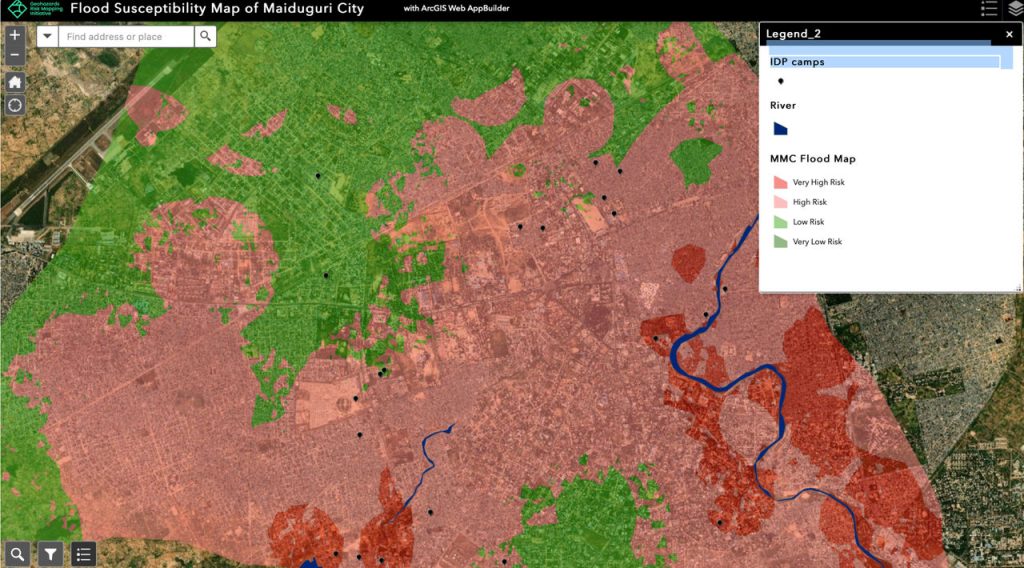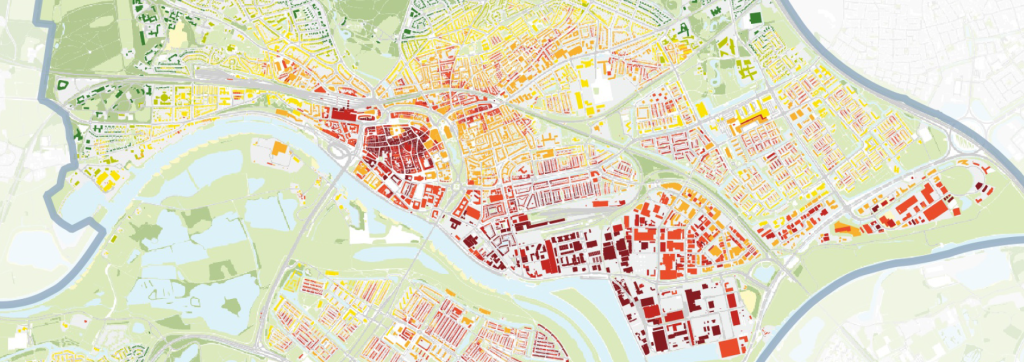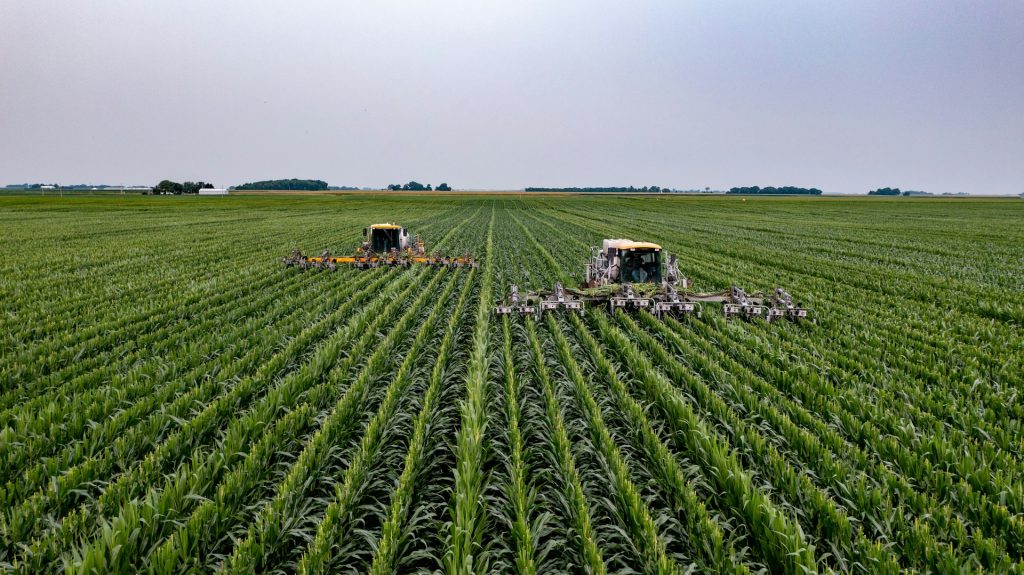The number of cases where Geographical Information Systems (GIS) can assist in decision making around climate change are numerous. In this article, 3 different examples are discussed. It is intended as a source of inspiration for Finance, IT and ESG managers to invest in GIS capabilities.
1. Maximizing ESG Reporting with GIS Technology Under CSRD
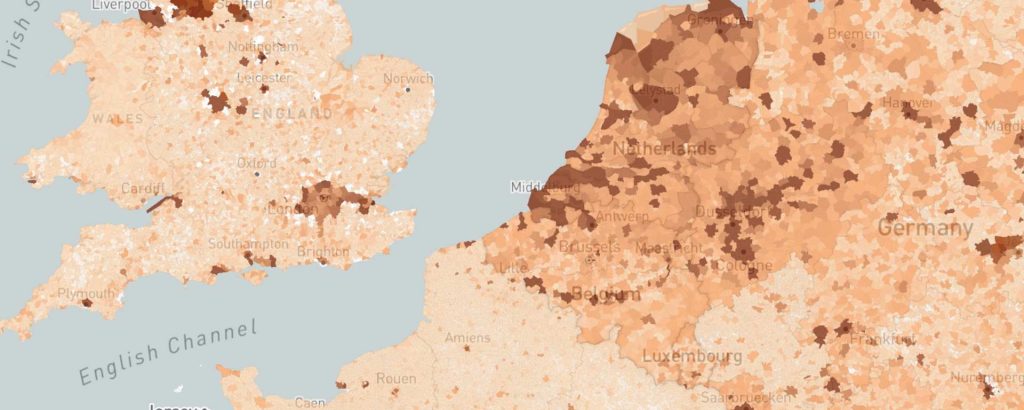
OpenGHGMap allows people from across Europe to see what the carbon dioxide emissions are like in their cities and towns. The idea is to give municipalities tools that will help them identify hotspots as a way to implement emissions cuts.
2. Implementing the 3-30-300 Rule with GIS for Greener Cities
Three is not just a magical number, it is the foundation for the rule invented by prof. dr. Cecil Konijnendijk of Unversity of British Colombia. The 3-30-300 rule, embraced by Vlaamse Groennorm and other European green initiatives, aims to enhance urban living.
The 3-30-300 Rule consists of three components:
- 3 = ensuring 3 trees are visible from every home
- 30 = 30% tree canopy and shrubs (or climate green) should be the minimum cover per neighborhood.
- 300 = every household should have a maximum of 300 meters distance to the nearest green space.
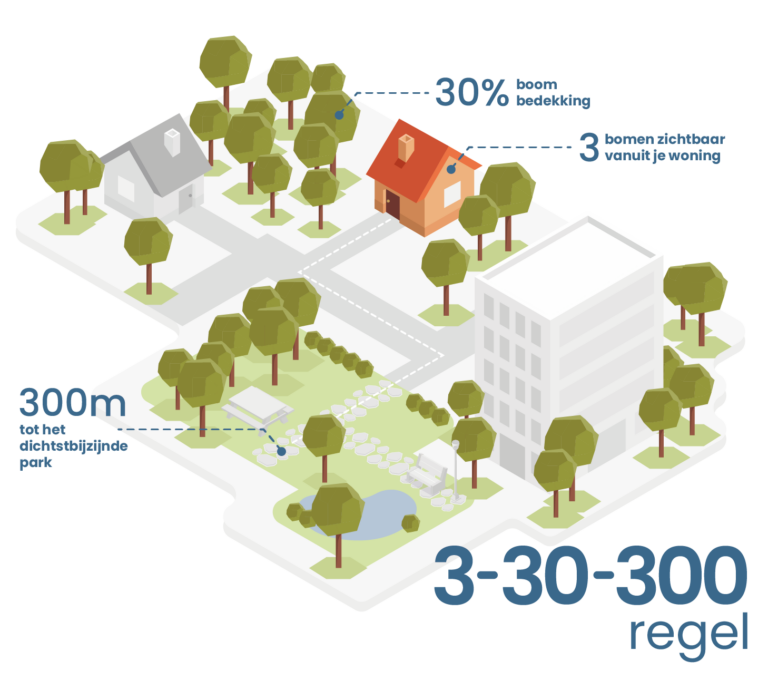
GIS technology is crucial in visualizing and planning these green spaces, ensuring cities meet these standards efficiently. Cobra, a Dutch organisation, is providing solutions for cities to monitor the rule performance for their city.
3. Enhance Hazard Risk Forecasting for New Investments with GIS
